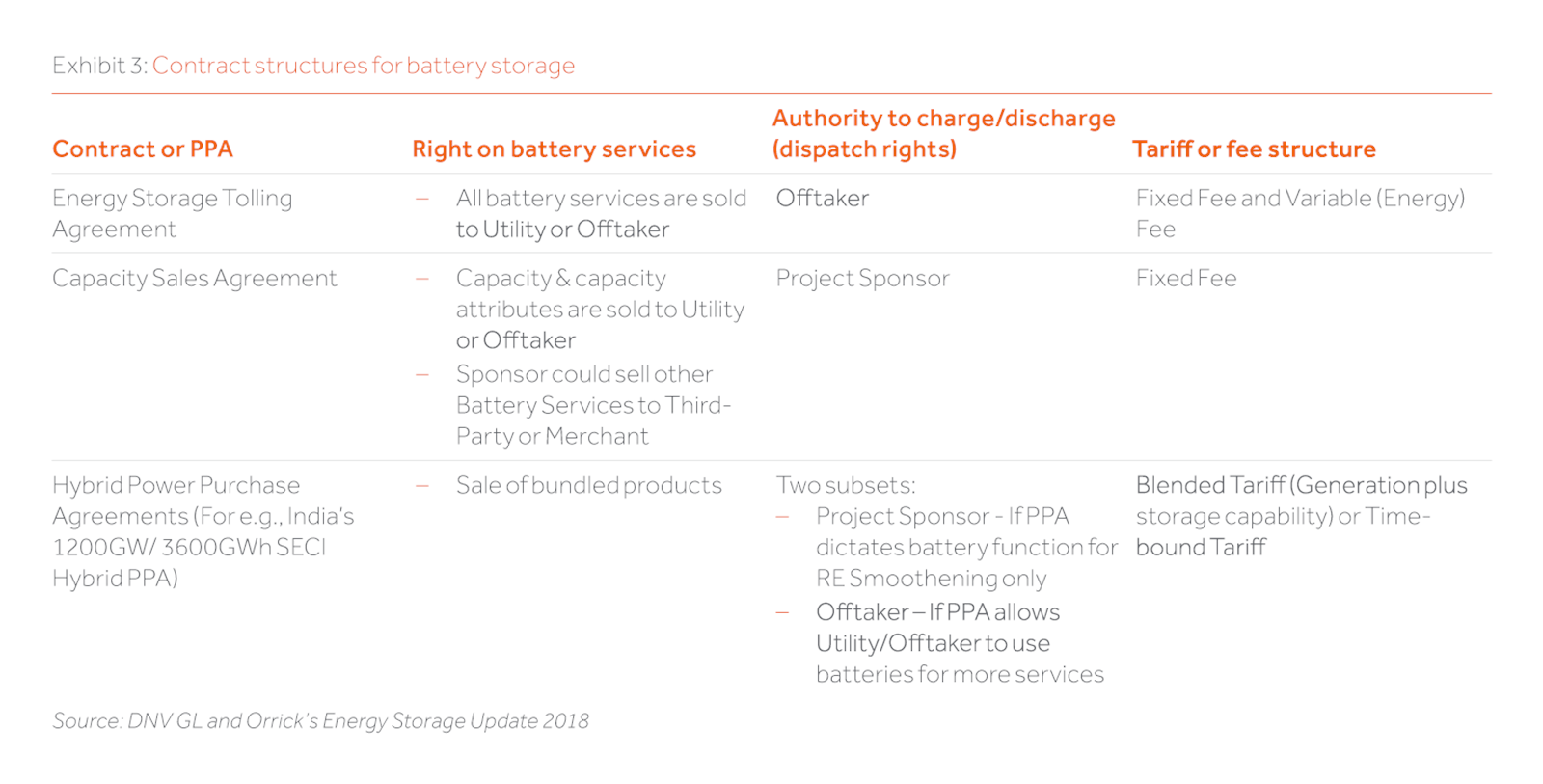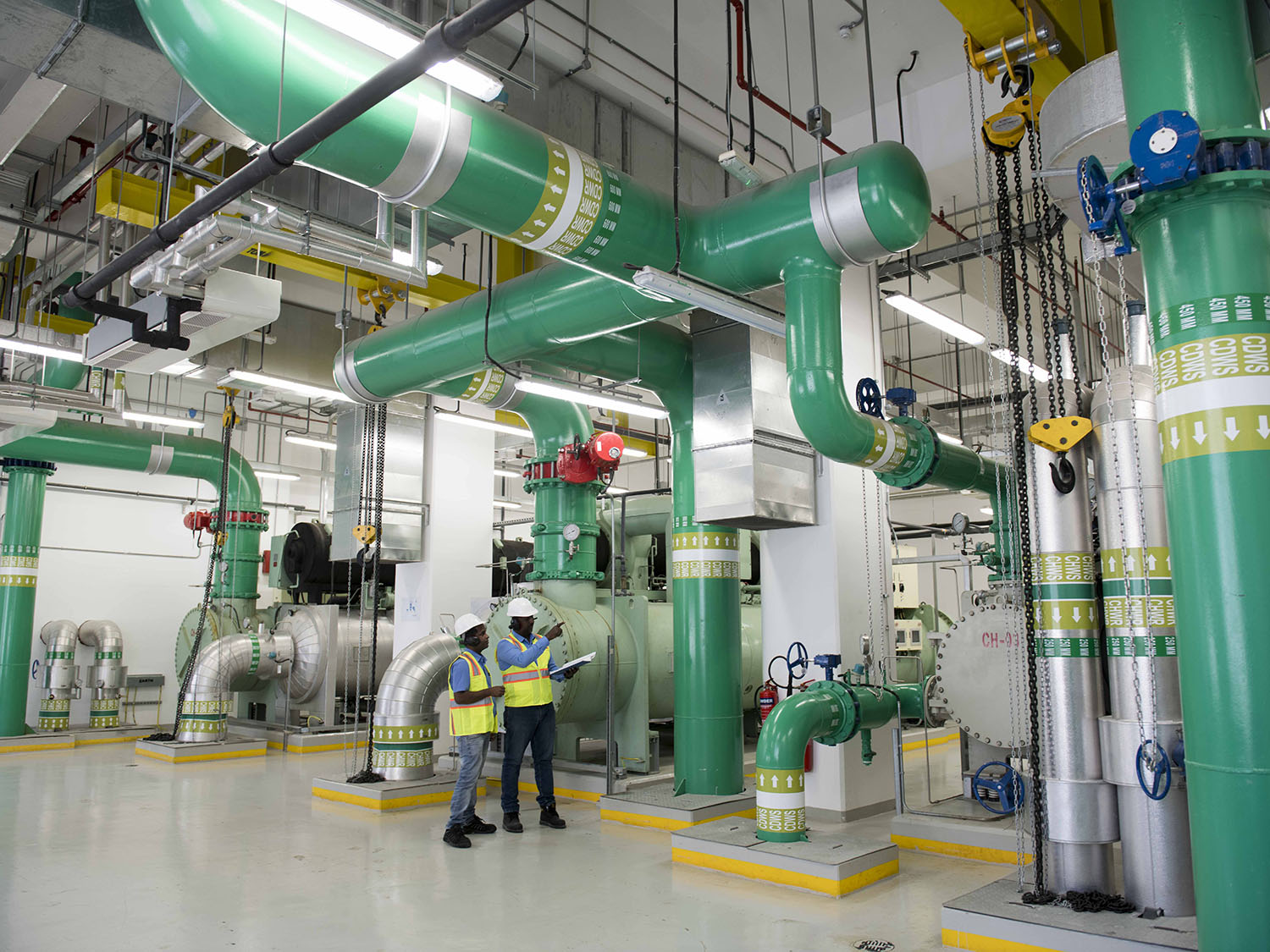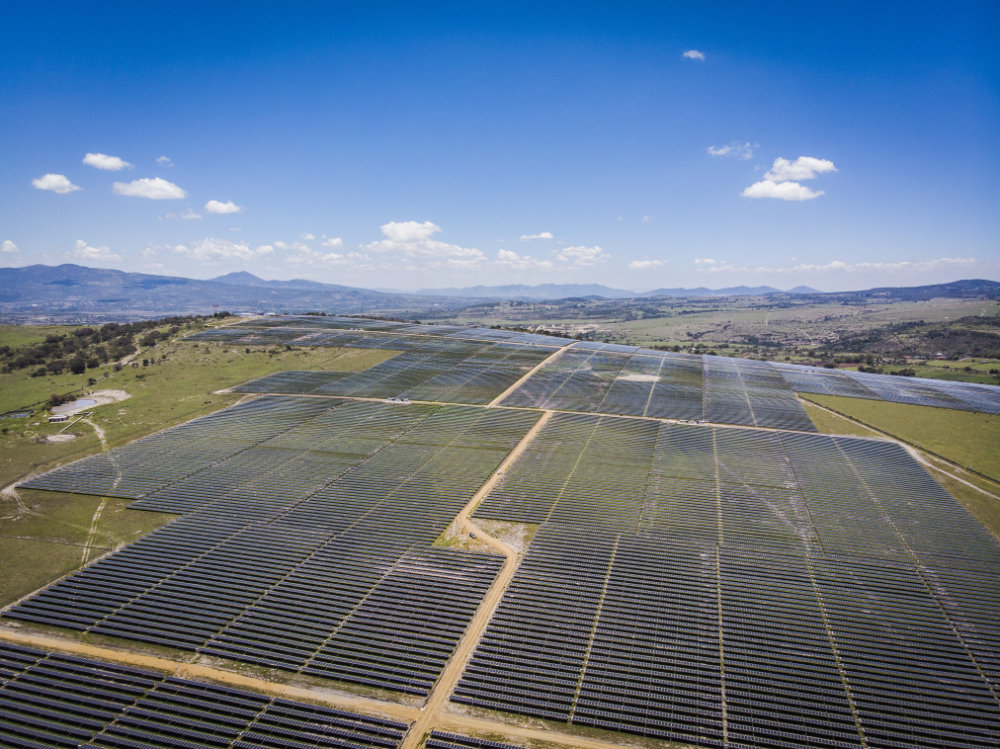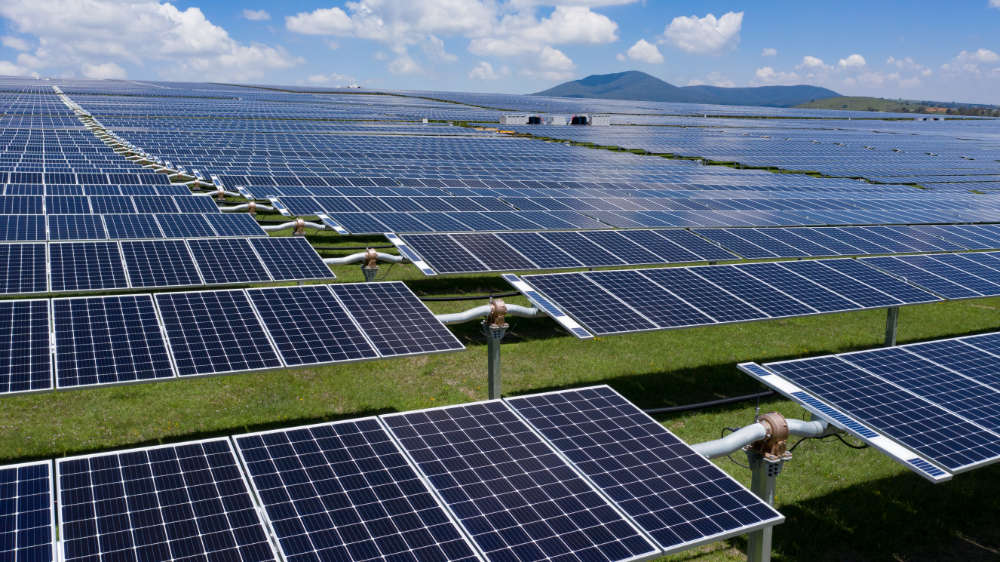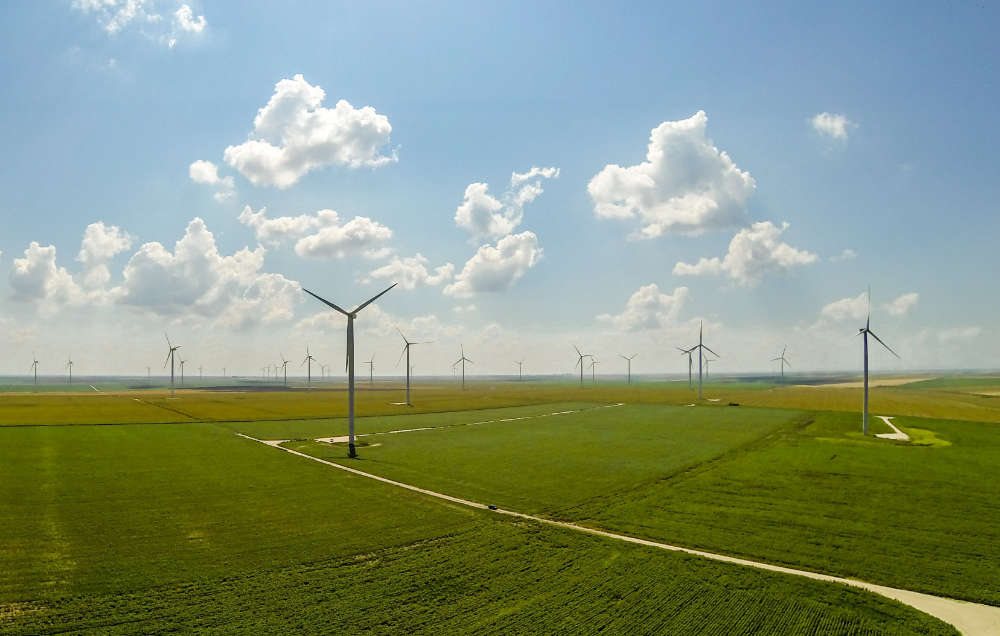What would happen if all six billion people or approximately 85% of the world’s population living in an emerging market country had access to affordable, reliable and clean electricity for 24 hours a day and throughout the year?
Apart from improving quality of life and lifting millions of people out of darkness and poverty, this would provide unlimited new opportunities for social and economic development across these markets.
Renewables today enjoy grid parity in many emerging markets and have achieved two of the three key objectives for electricity supply – affordability and sustainability. However, given the intermittency of wind and solar supply, renewables have to date fallen short on meeting the third key objective – supplying reliable electricity round the clock.
Competitive battery storage systems provide a feasible solution to overcoming intermittency issues such as load shifting and renewable smoothening. They would enable majority or even 100% renewable electricity by 2050 – up from around 26% today.
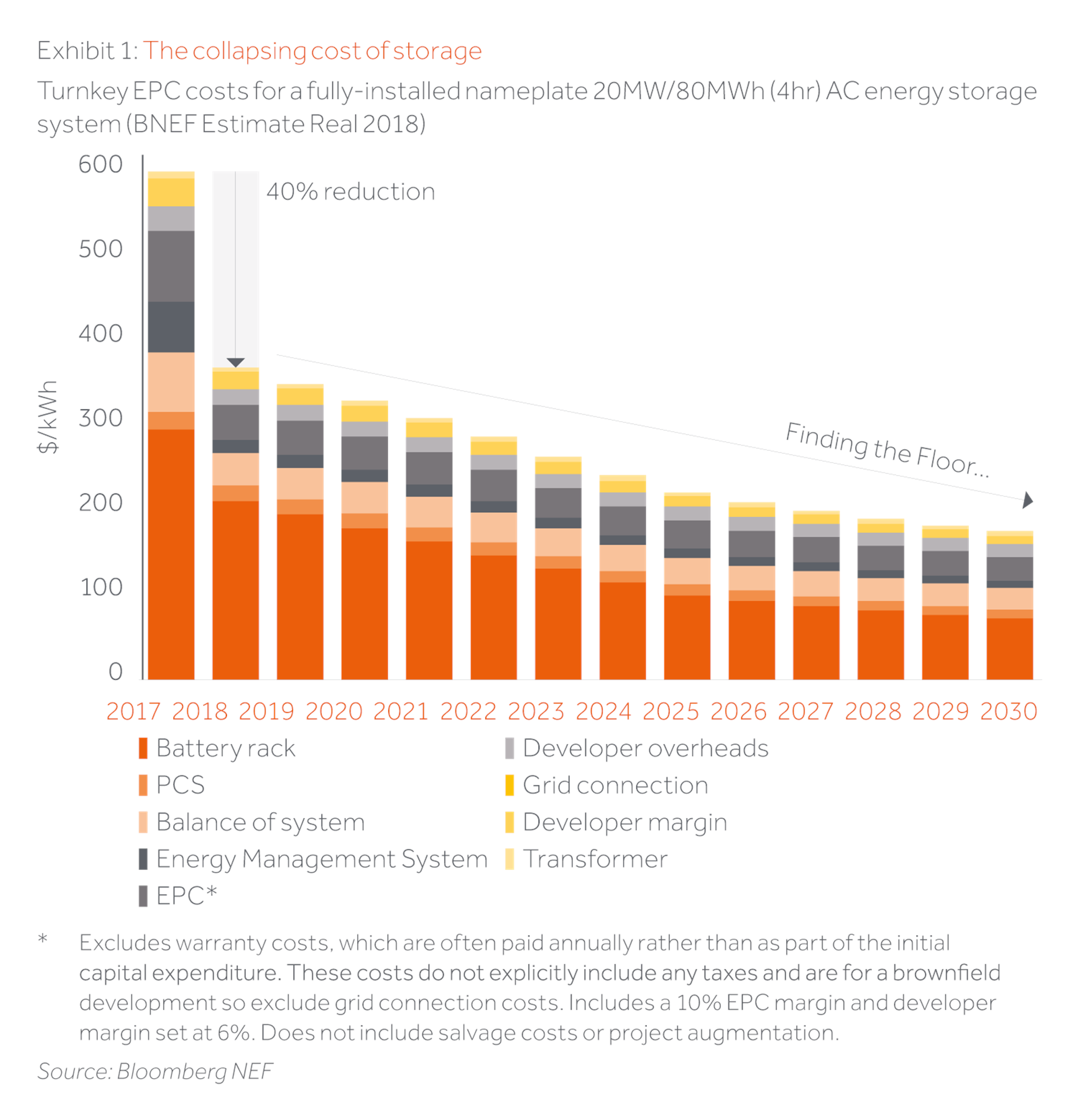
Given the constraint for battery storage to store electricity for long periods of time (seasonal limitation), we believe the future energy mix will still require some baseload thermal or nuclear capacity in addition to renewables.
Storage systems deliver integration of more renewables, and also help utilities, grid and systems operators to solve several critical and high-value issues such as grid stabilisation (frequency regulation and voltage support), optimising (spinning and non-spinning) reserve capacity, efficiently managing variable demand response and providing blackstart capabilities for main and micro grids.
Batteries (Thomas Eddison commercialised batteries in early 1900s) and battery storage have been around for a while (one of the world largest battery energy storage system of 46MW was installed in Alaska, USA to mitigate blackouts and has been operational since 2003). So, what’s new this time?
Well, it’s the rapidly declining cost of batteries and timing in relation to the global focus on decarbonisation.
For battery storage, the timing of falling cost for battery packs has perfectly coincided with the declining cost of renewables, increased focus on decarbonisation and ever-growing challenges of improving grid stability and meeting fluctuating short-term peak demands. This has resulted in battery storage quickly becoming a competitive, attractive solution to several challenges across the electricity supply chain (generation, transmission and distribution).

Battery cost trend and future
As per BNEF, the lithium-ion battery pack prices have declined by over 85% in less than a decade, in real terms to $176/kWh in 2018. Riding on the back of strong demand for batteries from consumer electronics, electric vehicles and energy storage, we expect a further 60% reduction in lithium-ion battery pack prices by 2030 ($70/kWh) as shown in Exhibit 1. Future price reductions for battery systems are expected to be driven by:
Economies of scale – Anticipating demand, companies have announced four-fold growth in new lithium-ion cell production capacity by 2025. Estimates are that every doubling of capacity delivers a near 20% reduction in battery prices
Improvement in energy density – Battery manufacturers are improving existing chemistry by modifying cathode, anode and electrolyte materials to achieve higher energy density, which would further drive lower battery pack prices
Recycling and second-life applications – Battery vendors are increasingly focused on improving battery recycling processes for extracting rare metals (cobalt, lithium etc.) and re-integrating them in supply-chain. The second-life battery applications from electric vehicle to utility-scale applications also presents as a potential answer to sustainable deployment of batteries
Soaring storage
Cheaper batteries, maturing technology and improved understanding of battery storage economics are opening a host of opportunities to utilise battery storage for a variety of utility-scale applications across the electricity supply chain of generation, transmission and distribution. The global energy storage market is all set to grow by 100 fold plus, adding cumulative capacity of 1,095GW/2,850GWh by 2040 from 9GW/17GWh in 2018, attracting $662 billion of investment (This figure accounts for only equipment and installation costs, not the revenue opportunity).
In emerging markets, the energy storage market is expected to grow to 20GW/60GWh by 2025 creating a $25 billion revenue opportunity as shown in Exhibit 2. The majority of the new utility-scale battery storage capacity is expected to be for firming renewable production, managing peak capacity, deferring the cost of reinforcing aging network infrastructure, and providing grid ancillary services.
With global reach, Actis is strategically placed to support the creation of a regulatory framework for battery storage and participate in attractive investment opportunities to enable early adoption of the storage solutions as recent initiatives in India and sub Saharan Africa attest.
The evolution of battery storage in emerging markets
The rapid evolution of battery storage solutions is helping power industry players – utilities, system operators, and independent power producers – to identify and tap new opportunities for investments or improve returns on existing investments. There are several opportunities and enablers that are expected to accelerate the investment in battery storage solutions, as listed below:
More renewable auctions are expected with some form of storage component to increase renewable integration in the energy mix. In 2019 alone, the Solar Energy Corporation of India (a Government of India company responsible for procuring renewable energy) has announced tenders to procure about 4GWh of battery storage capacity mainly to eliminate diesel fuel based generation and provide reliable power supply to its remote isolated regions and island states. Tender opportunities in Jordan and Madagascar along with plans to increase the scope of Scaling Solar programme to include storage to incorporate storage opportunities into the energy incorporating storage into the energy mix.
Battery storage is reaching parity with gas peakers & HFOs in several markets creating cheaper, cleaner alternatives to building new peaking power plants
Value add or operational improvement on existing assets whether by reducing emissions for thermal assets, reducing curtailment for renewable assets or participating in capacity markets is a viable opportunity
Standalone battery storage auctions such as South Africa’s 1200GWh Distributed Battery Storage Project are expected to become more frequent in emerging markets as it helps with displacing expensive diesel power plants and supports ageing network infrastructure
Regulatory support in emerging markets is positive with India and Chile leading the way and other markets expected to follow their successful frameworks to incorporate storage into the energy mix
Attractive returns are achievable with several Tier-1 suppliers ready to offer full-wrap construction, operations and maintenance solutions for 20-25yrs, which removes the construction and operational risk with battery storage solutions
Sustainable and responsible procurement of batteries is possible. Actis is working with Tier-1 suppliers who can demonstrate that reasonable steps are being taken to trace the source of rare metals such as cobalt and lithium. Actis Environmental, Social and Governance (“ESG”) team continues to work with Tier-1 suppliers not only on responsible procurement of rare metals for batteries but also evaluating batteries which don’t use rare metals such as lithium or cobalt, recycling and second-life applications for batteries
Contracting structures for battery storage assets
Given the dynamic potential of the battery storage solutions, the business case is often more complex than for thermal or renewable generation assets. For example, a gas plant transforms a gas molecule in to an electron whereas battery storage accumulates electrons which could be dispatched as several different dispatch profiles (10MW in 1 hr resulting in 10MWh or 5MW in 2hrs resulting in 10MWh) or for ther functions such as load shifting, capacity reserve, grid frequency or voltage stabilisation amongst several others. Hence, battery storage economics often consist of a value-stack of services incorporating a range of functions, which are then used for both (i) sizing the batteries and associated balance of plants (inverters, transformers) and (ii) formulating a contractual structure for the battery storage asset.
Different contractual structures could be adopted for battery storage assets depending on certain key factors, while from the value-stack considerations, such as rights on battery services, dispatch control (authority to charge and discharge), standalone or co-location with generation assets (renewable or thermal) and single, blended or time bound tariff/fee structure.
Battery Storage is the next frontier
16:52:33.490. These nine consecutive digits won’t mean much outside of the UK’s energy sector, but were an important victory stamp for battery storage when it rescued the UK national grid on 9 August 2019. A single lightning strike sparked a cascade of events that caused the UK’s first major blackout in more than a decade. The blackout caused power outages, significant disruption to more than one million people and large swathes of the country’s rail network.
Battery storage not only helped to restore the UK grid stability but also reduced the response time – helping the grid to restore its frequency four-times faster than the grid blackout that occurred in 2008.
Hence, the dynamic ability of battery storage will not only help to integrate renewables into the energy mix but also manage frequent blackouts and brownouts for grids, making it an attractive, remunerative and unique solution.
With Actis aiming to supply clean, affordable and reliable electricity to billions of people, battery storage is no longer a limited technology but a competitive, mature and present-day enabler for the global energy transition towards a more sustainable and decarbonised future.
